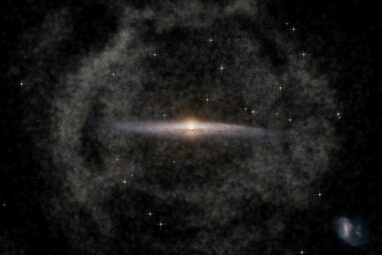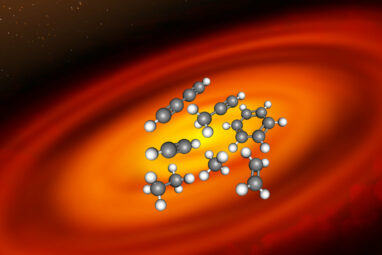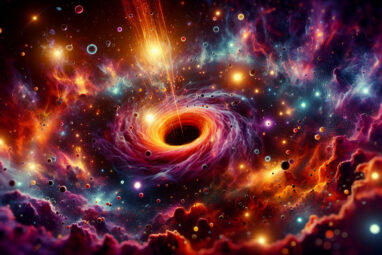University of Missouri scientists are peering into the past and uncovering new clues about the early universe. Since light takes...
Clouds of gas in a distant galaxy are being pushed faster and faster—at more than 10,000 miles per second—out among...
By combining forefront X-ray observations with state-of-the-art supercomputer simulations of the buildup of galaxies over cosmic history, researchers have provided...
What scientists previously thought about where Fast Radio Bursts (FRBs) come from is just the tip of the iceberg, according...
SRON astronomers have for the first time mapped the outflows from one of the closest quasars to Earth. Quasars are...
Peering deeply into the cosmos, NASA’s James Webb Space Telescope is giving scientists their first detailed glimpse of supernovae from...
A surprising yellow haze of sulfur dioxide in the atmosphere of a gas “dwarf” exoplanet about 96 light years away...
Westerlund 1 is the biggest and closest “super” star cluster to Earth. New data from NASA’s Chandra X-ray Observatory, in...
Our galaxy has collided with many others in its lifetime. ESA’s Gaia space telescope now reveals that the most recent...
Astronomers have detected carbon in a galaxy just 350 million years after the Big Bang, the earliest detection of any...
Planets form in disks of gas and dust, orbiting young stars. The MIRI Mid-INfrared Disk Survey (MINDS), led by Thomas...
For every kilogram of matter that we can see—from the computer on your desk to distant stars and galaxies—there are...



